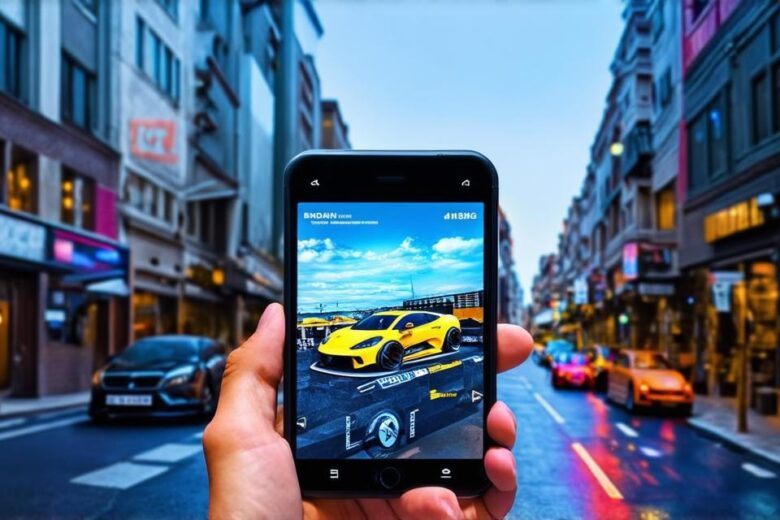Introduction
Augmented reality (AR) is a technology that superimposes digital objects onto the real world. It has been gaining popularity in recent years, with many businesses and individuals looking to create AR apps for mobile devices. In this article, we will provide a step-by-step guide on how to create an AR app for mobile devices. We will cover everything from the planning stage to the development and deployment stages.
Planning Stage
The first step in creating an AR app is to plan out what you want to achieve. This includes identifying your target audience, defining the features of your app, and choosing the right platform.
Target Audience
Your target audience will determine the direction of your app development. It’s important to identify who your target audience is, what their needs are, and what they are looking for in an AR app. For example, if your target audience is gamers, you might focus on creating an AR game. If your target audience is businesses, you might focus on creating an AR product demonstration or training tool.
Features of the App
Once you have identified your target audience, it’s time to define the features of your app. This includes deciding what kind of AR experience you want to create, how users will interact with the app, and what data you will collect from users.

Choosing the Right Platform
The next step is to choose the right platform for your AR app. There are several options available, including Unity, ARKit, and Vuforia. Each platform has its own strengths and weaknesses, so it’s important to do your research and choose the one that best fits your needs.
Development Stage
Once you have planned out your app, it’s time to start developing. This includes creating 3D models, implementing AR functionality, and testing the app on different devices.
Creating 3D Models
The first step in development is to create 3D models of the digital objects that will be overlaid onto the real world. These 3D models should be optimized for use on mobile devices, with low poly counts and small file sizes.
Implementing AR Functionality
Next, you need to implement the AR functionality of your app. This includes setting up tracking, creating markers, and integrating 3D models into the real world. You will also need to define how users will interact with the app, whether it’s through touch gestures or voice commands.
Testing the App
Once you have developed your AR app, it’s important to test it on different devices and in different environments. This will help you identify any issues and ensure that the app works as expected.
Deployment Stage
The final step is to deploy your AR app to the app stores. This includes submitting your app to Apple’s App Store or Google Play, promoting your app through social media and other channels, and monitoring user feedback and analytics.
Promoting Your App
Once your AR app is live on the app stores, it’s important to promote it to your target audience. This includes creating a marketing plan, building a website or landing page for the app, and using social media and other channels to generate buzz and drive downloads.
Monitoring User Feedback and Analytics
Finally, it’s important to monitor user feedback and analytics to understand how users are interacting with your AR app. This will help you identify areas for improvement and make updates and enhancements as needed.
